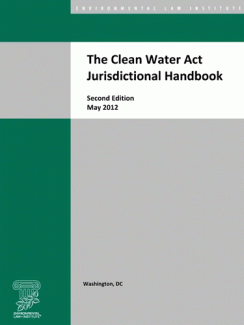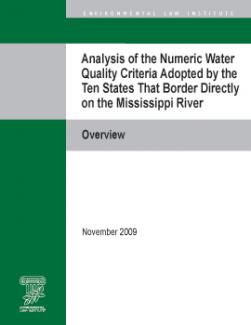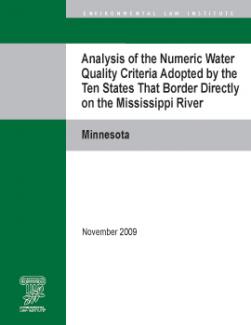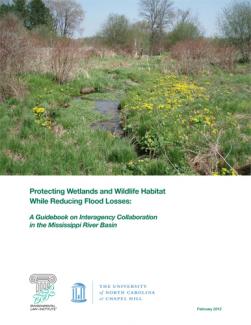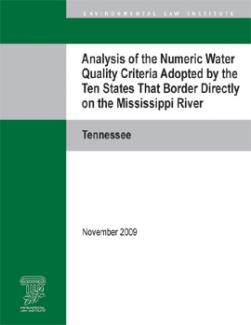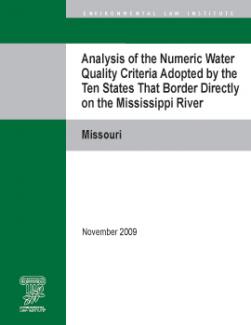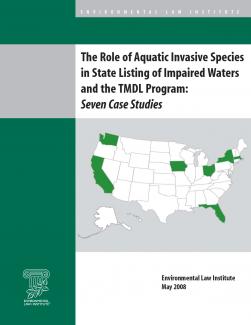Flowback
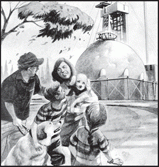
It’s not the material injected underground to release shale gas — it’s the dangerous fluid and gases that come back to the surface. The lost opportunity to perform a thorough evaluation of the potential adverse health consequences of fracking has hurt the industry.
